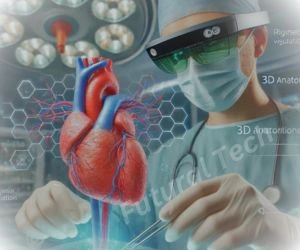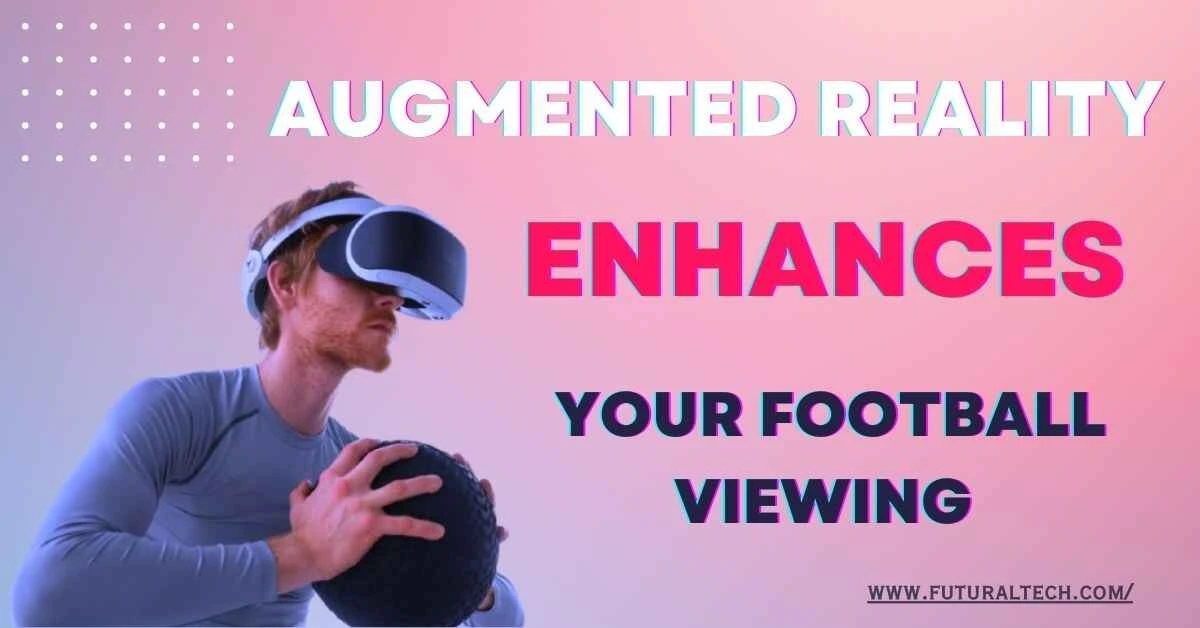7 Powerful Ways Augmented Reality in Healthcare Transforms Care
By- Raj 10th-Oct-2024

Augmented Reality (AR) is revolutionizing healthcare by enhancing medical education, improving the precision of surgeries, and enabling better patient care and remote consultations. From 3D visualization of human anatomy to real-time data overlays during procedures, AR is transforming how medical professionals operate. This article explores the key applications, benefits, and future Augmented Reality in Healthcare while also addressing challenges such as high costs and data privacy concerns. Despite these obstacles, AR’s growing adoption is set to shape the future of medicine.
What is Augmented Reality in Healthcare?
It overlays digital real-time information on top of the physical world, including images or data. In healthcare, it aids medical professionals in visualizing organs and tissues as well as additional data that assist them during a procedure. This implies that AR enhances both the diagnostics and the quality of care delivered to the patient. As the interest in Augmented Reality in Healthcare continues to grow, more hospitals and clinics are finding ways to invest in AR tools to improve their competencies.
Key Applications of Augmented Reality in Healthcare
There are manifold applications for augmented reality in healthcare. They vary from medical education to patient education. Here's where AR is making significant impacts:
1. Medical Education
The first area in healthcare to benefit from AR is medical education. Through AR, students and professionals can visualize complex human anatomy in 3D, making their understanding of anatomy more effortless and efficient. AR encourages real-time interaction with virtual models instead of relying solely on cadavers for learning. This makes the study of medicine more dimensional.
2. Effective Surgical Training
With AR in surgery, surgeons can have better views of the anatomy of a patient during complex procedures. It allows surgeons to layer critical data like blood vessels, tissues, and bones directly onto the human body, increasing the precision of surgeries. This diminishes risks and improves the success rate of surgeries.

3. Patient Care and Rehabilitation
Another vital application of Augmented Reality in Healthcare is in patient care and rehabilitation. AR tools assist patients in physical therapy by offering accurate visual aids for exercises. For example, a post-surgery patient can use AR-enabled apps to ensure they are performing exercises correctly.
4. Telemedicine and Remote Consultations
Telemedicine is on the rise, and AR technology is set to propel it further. With AR, doctors can improve remote consultations by providing real-time visuals to patients or other healthcare providers, allowing everyone to see the same critical information simultaneously.
Benefits of Augmented Reality in Healthcare
The integration of augmented reality in healthcare is beneficial in numerous ways:
1. Increased Accuracy and Precision
Whether in diagnosis or surgery, AR allows doctors and medical professionals to have real-time views of 3D models and life signs, leading to accurate diagnoses and treatments.
2. Increased Patient Involvement
AR helps include patients in their treatment process by explaining complicated medical conditions or procedures with 3D images, helping them better understand their condition.
3. Efficient Medical Training
AR is set to save time, and effort, and reduce risks in procedures and surgeries. It also advances human anatomy visualization, allowing medical students and professionals to practice surgical procedures in a very interactive, safe environment through AR in healthcare.
4. Efficient Remote Collaboration
With AR tools, doctors worldwide can collaborate in real time and view data for close consultations and decision-making without being physically present.
Challenges of Implementing Augmented Reality in Healthcare
Despite these advantages, there are some barriers to the widespread implementation of AR in healthcare:
- High Costs: AR tools, such as special glasses and software, are expensive, making it challenging for smaller clinics to adopt them.
- Technical Training: Healthcare providers need proper training to operate AR tools, which can be time-consuming and costly.
- Data Privacy Issues: Patient data protection is critical, and ensuring AR tools adequately protect such information is crucial for its implementation.
The Future of Augmented Reality in Healthcare
The future of AR in healthcare looks bright, with more advanced applications expected to emerge:
- Telemedicine Expansion: AR will enhance telemedicine consultations due to the rising demand for healthcare services in remote locations.
- Mental Health Treatment: AR may play a role in treating PTSD and phobias by creating therapeutic experiences through immersive technology.
- Further Adoption by Small Clinics: As AR becomes more affordable, smaller clinics and institutions will likely integrate it into their practice.

Conclusion
Augmented Reality in healthcare is gradually becoming a part of the medical field, making medical education easier, assisting in surgeries, enhancing patient care, and enabling remote consultation. As AR becomes more accessible and affordable, its use will continue to expand, driven by the evolving needs of medical professionals and patients alike. The future holds exciting possibilities for AR in healthcare, promising to improve outcomes and enhance the overall medical experience.












